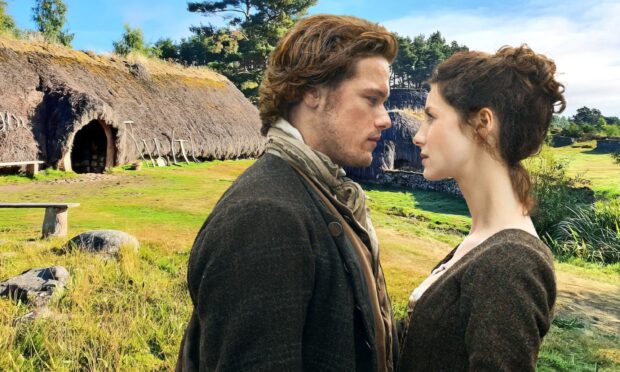
Literary adaptations for TV and movies of the likes of The Buccaneers and Outlander have provided some of Scotland’s heritage sites with a welcome financial boost as fans flock to filming locations.
In the past 12 months, big and small screen releases of The Outrun, Murder Is Easy, Rebus, which were all filmed at historic locations around the country, have also hiked tourism figures.
Screen tourism – or set-jetting, as it is often called – sees film or TV fans inspired to visit a location after seeing it on screen. The visitor spend, along with the production spend from companies using the locations, is helping to support the maintenance and conservation of the sites.
Jenni Steele, film and creative industries manager at VisitScotland, said: “Literary adaptations seem to be a popular choice when it comes to filming in Scotland. With many historic properties, such as castles and stately homes, and natural sites providing the backdrop to these productions over the decades, they’ve been important in preserving our rich cultural and natural heritage.
“The financial boost from these productions helps maintain these sites which in turn can help improve or enhance the visitor experience, with income generated by set-jetters visiting the locations a bonus.”
Outlander effect
Arniston House in Midlothian has appeared in productions such as Outlander, The Buccaneers, Tommy’s Honour and Churchill. It has also been used as a base for productions filming at other locations.
Money generated from filming there has been used to reinvest in upgrading facilities and improve infrastructure to create new opportunities to use more of the estate and attract more productions, as well as helping to maintain the listed building and its 6,000 acres.
For example, after Outlander filming, part of the money was used to create a new car park and install additional water and power access points for filming and events. While after The Buccaneers, the main drive was repaved and drainage was sorted in the north field, which opened its use year-round.
Kimberley Shaw-Walker, who works in events and marketing at Arniston House, said: “We learn with each project ways to improve our abilities, services and what infrastructures are most valuable. Filming opportunities are more than income. They represent opportunities to interact with the community in new ways by introducing bespoke events and gaining transferable skills.”
The influence of screen tourism is set to continue in 2025, with Expedia’s recent travel trends for this year highlighting set-jetting, while Skyscanner found that word of mouth (42%), film and TV (28%) and social media (27%) are the most important sources of travel inspiration for the next 12 months.
One in five visitors to Scotland are inspired by TV, film and literature, according to the Scotland Visitor Survey 2023, while the latest International Passenger Survey statistics show a record increase in international visitors. The North American market had the largest growth in visits over the January to June period last year, with a 69% increase compared to 2019 figures and a 54% increase versus 2023’s numbers.
Outlander has had a huge impact in North American visitors to Scotland since it was first broadcast in the States in 2014, while others mentioned as being influential on tourism include Braveheart, Highlander, Harry Potter, Local Hero and James Bond, which shows that screen tourism can have an ongoing influence years after a release.
VisitScotland’s Jenni Steele added: “Everyone knows the impact Outlander has had in the last decade. However, big and small screen productions from as far back as the ’80s and ’90s are still influencing people’s travel plans.
“Encouraging seasonal spread and helping tourism and events to extend the season are a key part of our work to make Scotland a must-visit, must-return, year-round destination. Film and TV productions help support these aims, with filming locations found across the length and breadth of the country.
“We’ve worked in the past with a broad range of tourism businesses and major distributors and broadcasters to deliver marketing campaigns to help increase the economic benefits of productions filmed in Scotland. And we continue to engage with them as more and more major TV series and films choose to shoot here.
“Film fans have always sought out film locations, and these days it’s even easier to find those locations online. We know that there can be challenges around visitor numbers at particular spots across the country. But that’s why it is incumbent on us to work with communities and local organisations to educate and inform visitors planning a trip of where and when they should visit and encourage them to explore beyond the boundaries of what is on screen.”
Screen tourism
More than 30 films were cited by visitors, while more than 20 books or authors – including Alexander McCall Smith and Peter May – were included in the Scotland Visitor Survey 2023.
The Highland Folk Museum in Newtonmore is another site boosted by Outlander, after a season one episode was filmed there. It now appears on various Outlander location maps and takes part in World Outlander Day each year.
Joann Hopkins, assistant operations manager, said: “Taking part in the filming, of what was then an unknown historical drama, has brought us many, many Outlander fans over the years and has led to the development of our successful annual Outlander event each June.”
Rosslyn Chapel continues to feel the impact of The Da Vinci Code more than 20 years after the publication of Dan Brown’s literary phenomenon, while Shetland has seen an influx of visitors thanks to the TV crime drama of the same name, based on Ann Cleeve’s novels.
RSPB Scotland was placed under the spotlight in 2024 thanks to The Outrun, the Saoirse Ronan film based on the book by Amy Liptrot. Saoirse’s character, Rona, works for the RSPB on a contract to monitor corncrakes on Orkney as she recovers from alcohol addiction.
While RSPB Scotland had minimal involvement during production, the charity hopes the exposure of its work in such a high-profile film will lead to an interest in their sites and work, and boost visitor numbers and donations.
RSPB reserves across Scotland have hosted film and TV productions, but it is usually natural history and wildlife programming, and The Outrun is the first major film to feature one of the country’s 77 RSPB sites. The money generated from filming supports the upkeep of the reserves, including wildlife conservation work.
Anna Pugh, visitor experience and marketing manager at RSPB Scotland, said: “The Outrun tells such a powerful story of recovery and how nature can help us heal. It’s very special to have a part to play, and to see our nature conservation charity represented on the big screen.
“While we have seen audiences discover more of Scotland’s wildlife before through programmes like BBC’s Wild Isles, this is a unique opportunity to encourage many more people who we might not usually reach to connect with nature and celebrate it.
“We would love if this spotlight shone on Orkney’s wildlife encouraged people to experience our nature reserves for themselves, but even for those unable to visit these places in person, we believe this stunning film might ignite a new spark of passion for nature at a time when it really needs our help.”
From The 39 Steps, Doctor Finlay’s Casebook and Greystoke: The Legend Of Tarzan, to Good Omens, Trainspotting and World War Z, Scotland’s literary screen adaptations are rich. And with Guillermo Del Toro’s Royal Mile-filmed version of Frankenstein set for release this year, there are plenty more chapters still to be written.
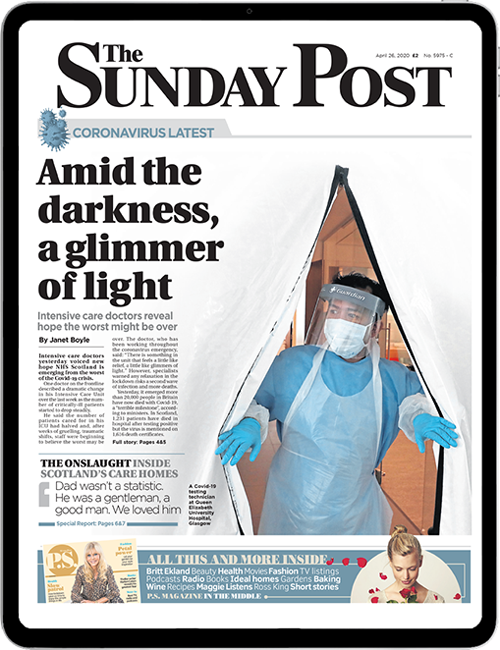
Enjoy the convenience of having The Sunday Post delivered as a digital ePaper straight to your smartphone, tablet or computer.
Subscribe for only £5.49 a month and enjoy all the benefits of the printed paper as a digital replica.
Subscribe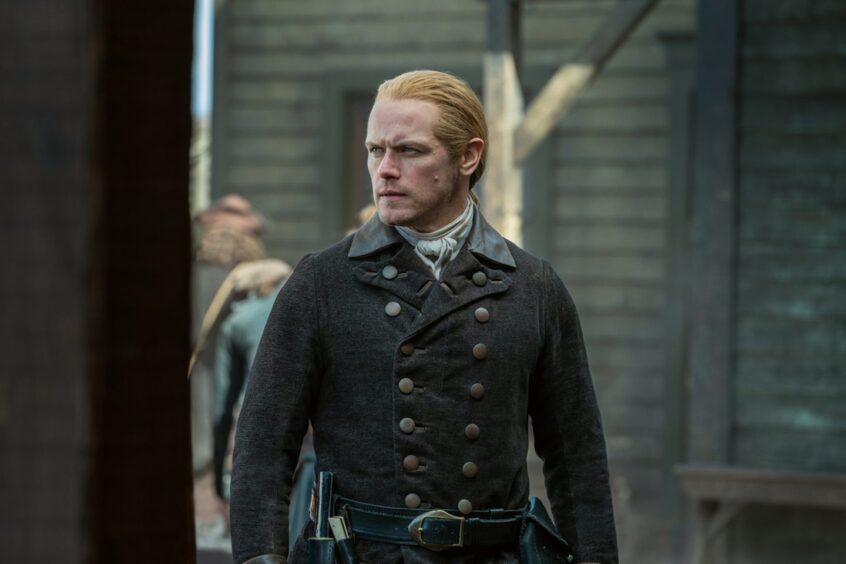 © Starz Entertainment, LLC/Robert Wilson
© Starz Entertainment, LLC/Robert Wilson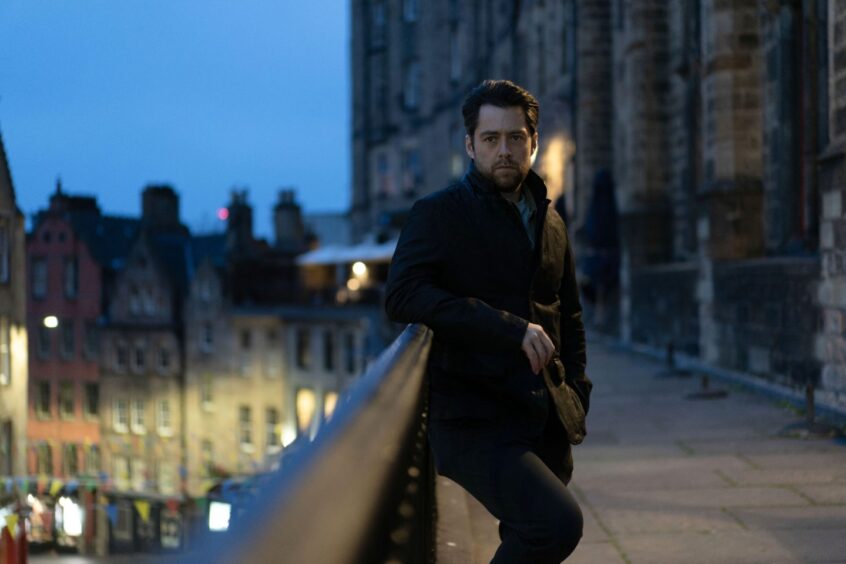 © BBC/Viaplay/Eleventh Hour
© BBC/Viaplay/Eleventh Hour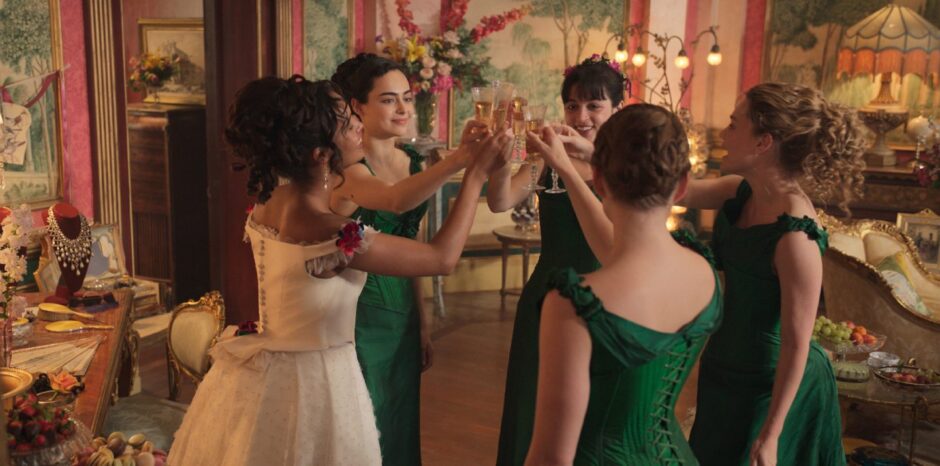 © Apple
© Apple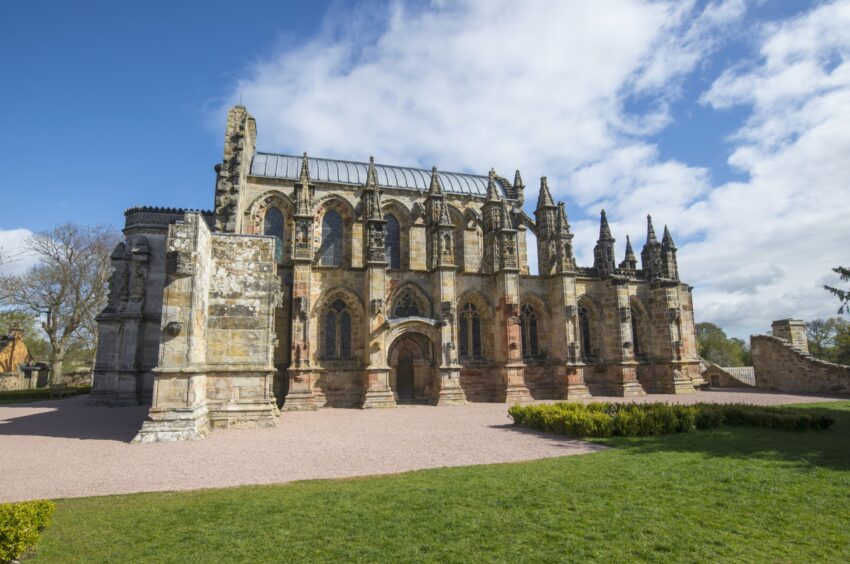 © Supplied by VisitScotland
© Supplied by VisitScotland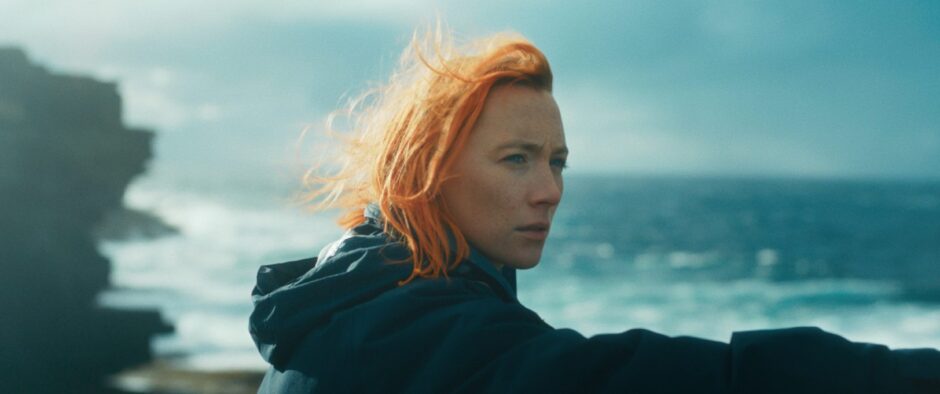 © Supplied
© Supplied